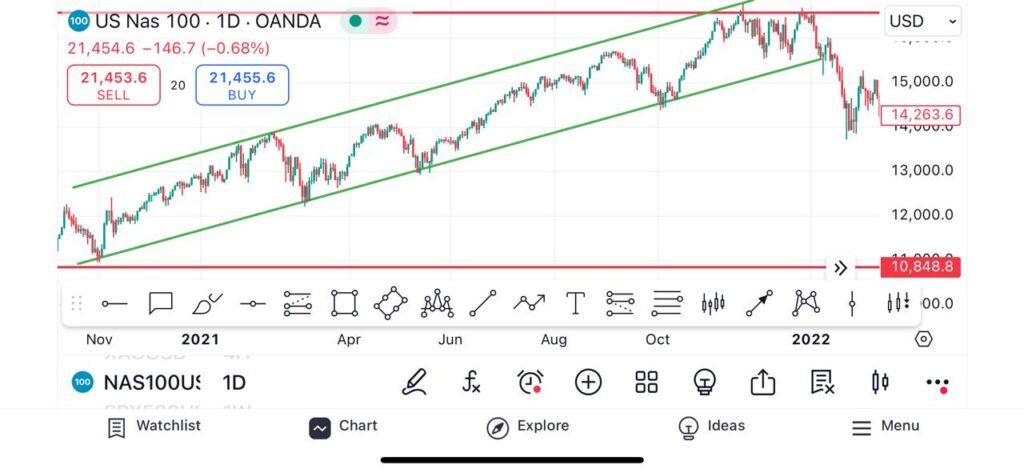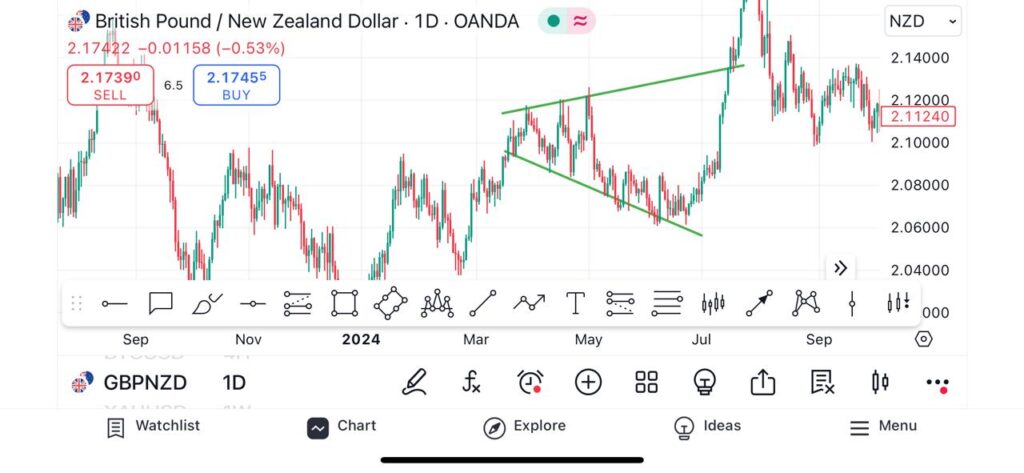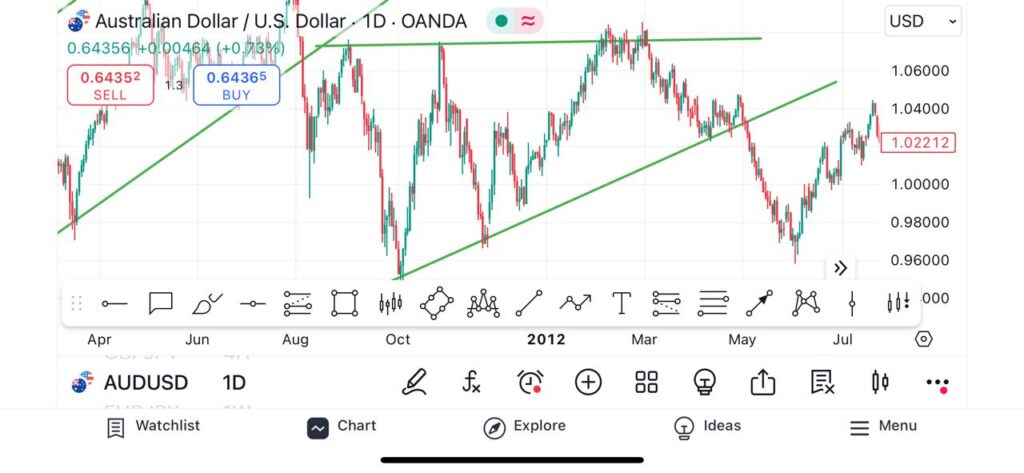In today’s piece, we will cover Mastering Expanding and Contracting Channels.
In our previous articles, I’ve discussed mastering the art of successfully trading Head and Shoulders patterns,
M and W patterns, and more for both bullish and bearish markets.
Mastering Expanding and Contracting Channels: Before We Begin
I urge you to read Mastering Technical Analysis: The Power of Price Action. If you’ve already read it, I recommend revisiting it.
Repetition is how we, as humans, are programmed to learn.
The reason I encourage you to read that article is because it covers traditional channels/trends, and this piece serves as an extension to that topic.
What to Expect Going Forward
To best approach this piece (Mastering Expanding and Contracting Channels),
start by reading a section—for example, expanding channels. After reading the entire section on expanding channels,
use the link provided in that section.
The link will direct you to my YouTube channel,
where I’ll demonstrate how to spot and capitalize on these channels. Once you’ve watched the video,
move on to the next section (contracting channels).
By doing so, you’ll effectively combine both theoretical and practical lessons offered in this article.

Take Action as Soon as Possible
After understanding the logistics of expanding and contracting channels,
it’s time to take action. You might wonder: How do I take action?
Start by analyzing charts and training your eyes to spot these patterns.
Through repetition and consistency, you’ll learn to identify these patterns with ease.
Once you spot one, practice taking advantage of these setups using a demo account until you’re comfortable applying them in a live trading environment.
Mastering Expanding and Contracting Channels: Expanding Channel
On my YouTube channel, I always emphasize the importance of having two identical trends
when trading a traditional bullish or bearish trend, like in the example below:

However, this rule does not apply when trading expanding channels. Here’s an example of how they take form:

As you can see, the distance from support to resistance starts narrow but gradually
increases over time as the price moves between support and resistance.
An expanding channel acts as a consolidation pattern, and once it completes,
we typically see a strong impulse move—either to the upside or downside.
This is why I also encourage you to read my previous articles under The Strategic Trading Academy.
Just as a car requires various components to function optimally,
mastering what I teach requires you to study all the pieces I’ve written.
They work together to achieve maximum trading performance.
How to Capitalize Using Expanding Channels
There are two primary ways to capitalize on expanding channels:
- Trading Within the Channel
This is effective when the pattern forms on the 1-hour, 4-hour, or daily timeframe. - Trading the Breakout and Retest
Wait for the market to break and retest the channel. Once the retest is complete, capitalize on the anticipated impulse move—either for buys or sells, depending on the overall trend.
CLICK HERE to access my YouTube channel, where I provide practical examples.
Mastering Expanding and Contracting Channels: Contracting Channel
A contraction is the exact opposite of an expanding channel. Instead of the price range expanding,
it contracts (narrows) as the price moves between support and resistance.

A contracting channel differs from a traditional channel or trend.
The trends are not identical but instead form a triangular pattern that slopes to the right.
Once the price contracts to its maximum, we typically
see a breakout—either to the upside (bullish) or downside (bearish).
A contraction acts as a consolidation phase, and once it completes,
we can anticipate a strong bullish or bearish impulse movement.
How to Capitalize Using Contracting Channels
There are two main ways to capitalize on contracting channels:
- Trading Within the Channel
This works when the pattern forms on the 1-hour, 4-hour, or daily timeframe. - Trading the Breakout and Retest
Wait for the market to break and retest the channel. - After the retest, capitalize on the anticipated impulse move—either for buys or sells, depending on the overall trend.
CLICK HERE to access my YouTube channel, where I offer practical examples.
By understanding and practicing these techniques, you’ll enhance your trading precision
and take your technical analysis skills to the next level. Keep learning and refining your craft!
Mastering Expanding and Contracting Channels: A Key to Precision in Technical Trading
Mastering expanding and contracting channels is not just about spotting patterns—it’s about understanding market behaviour and positioning yourself for precision trades.
These channels provide unique opportunities to identify potential breakouts and capitalize on impulse moves.
By integrating theory with practice—whether trading within the channel or targeting breakouts—you can refine
your technical analysis skills and elevate your trading performance.
The journey to mastery requires consistent practice, repetition, and a commitment to learning.
Take the time to study these patterns, apply them in demo environments,
and gradually transition to live trading with confidence.
Remember, every successful trade begins with a solid understanding of price action and a disciplined approach.
Stay dedicated, keep evolving, and let expanding and contracting channels become a powerful tool in your trading arsenal.
Let’s conquer the markets, one pattern at a time!

